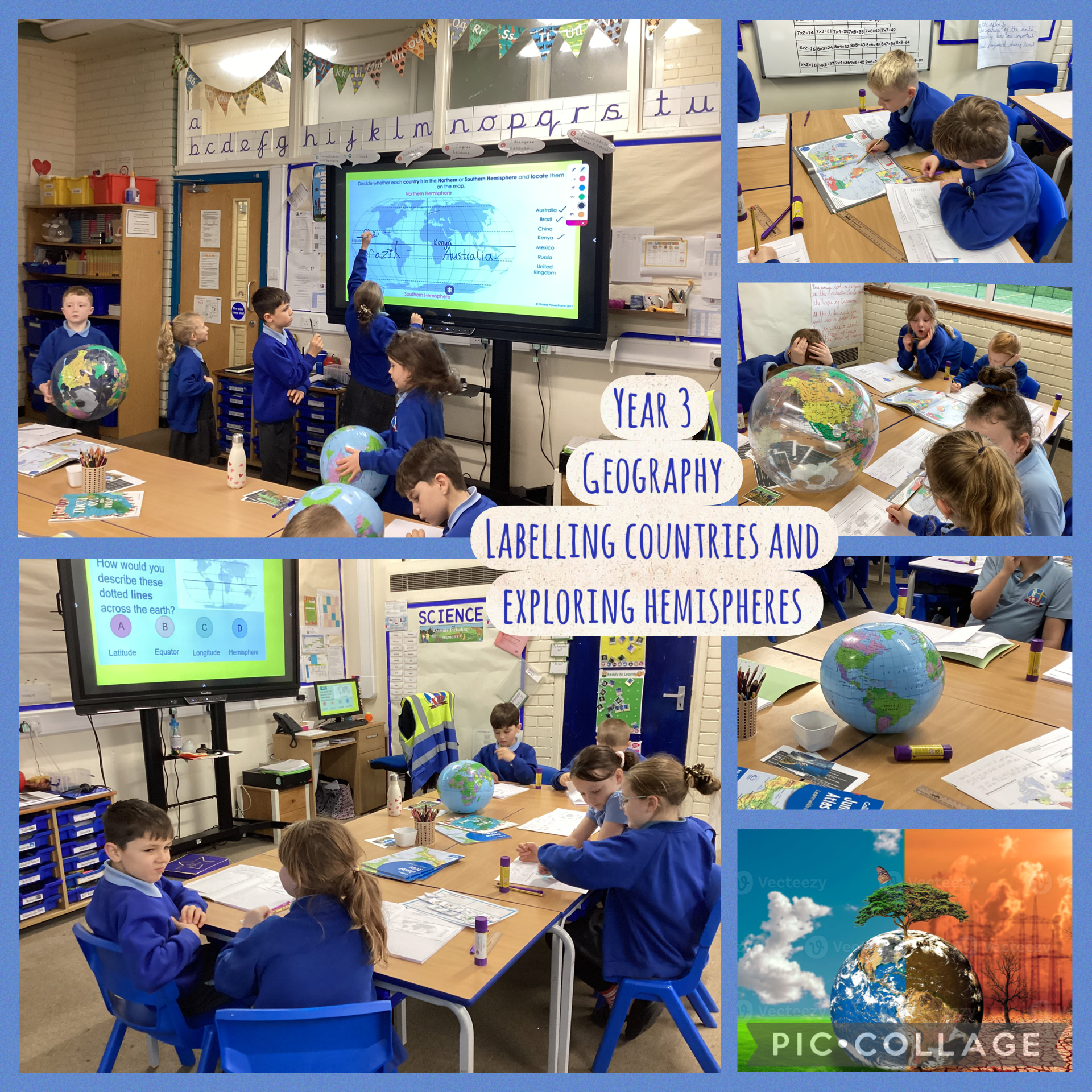
In Geography today, the children acted as geographers, beginning by reviewing what they remembered about latitudes before moving on to learn about the Northern and Southern Hemispheres. They then labelled seven countries on the map using a globe and an atlas, applying their geographical vocabulary to locate and describe each place. The class compared climates and weather in different countries, thinking about how the Earth’s rotation affects the seasons. For example, while it is late spring in Australia, the weather is often warm and sunny, with temperatures around 28°C in Sydney and occasional showers, whereas in the United Kingdom, it is late autumn, with cooler, drizzly days around 12°C and shorter daylight hours. This helped the children understand why it can be summer in one country while winter in another.
